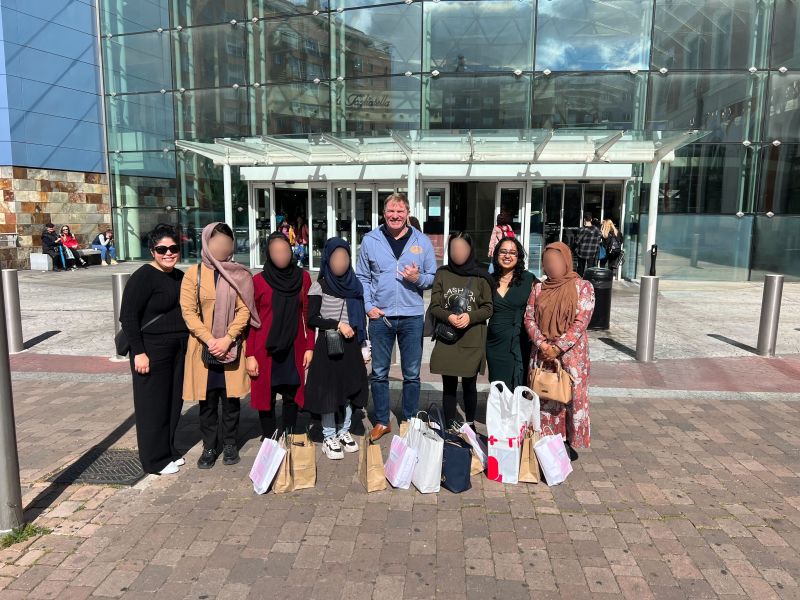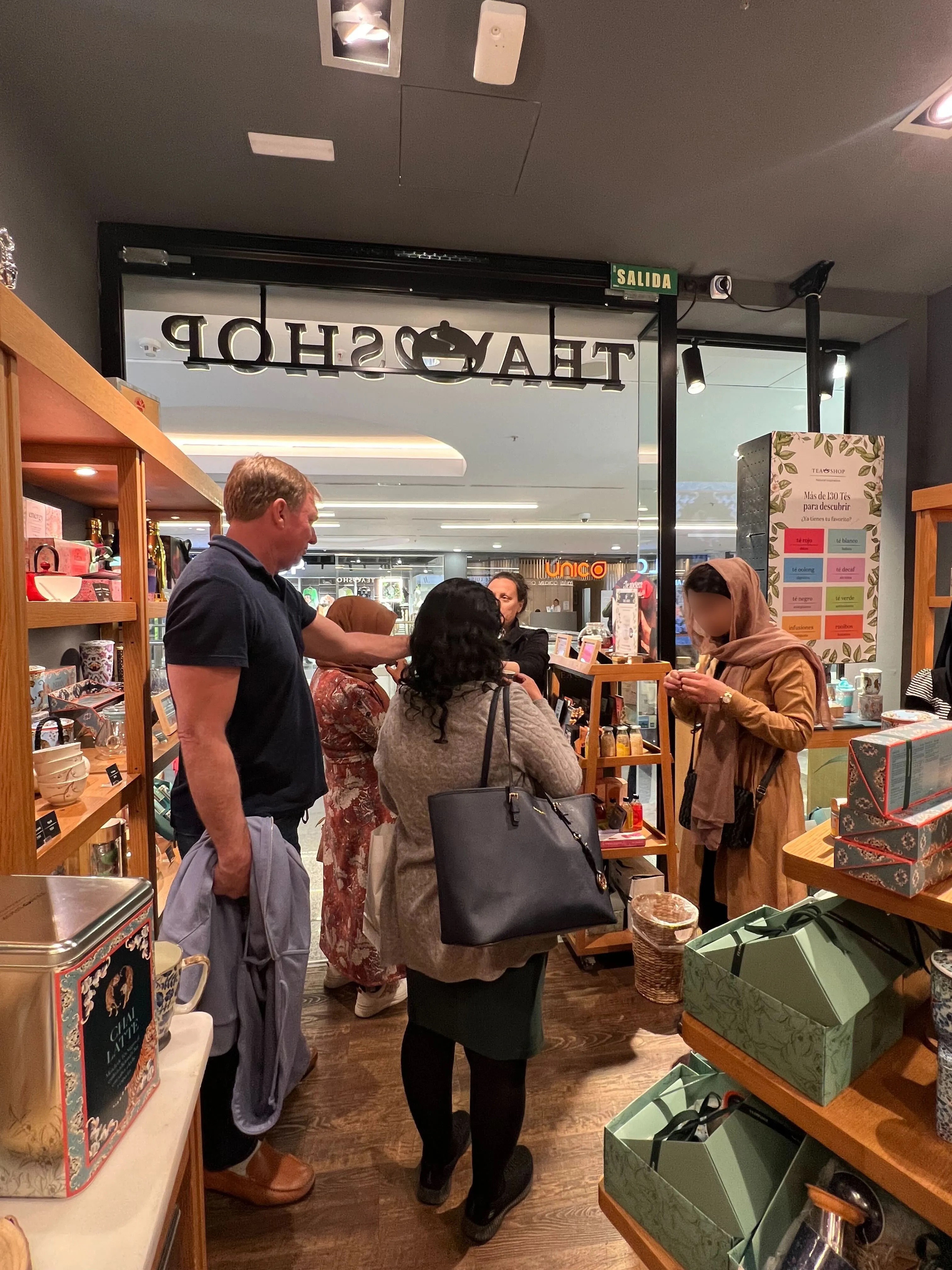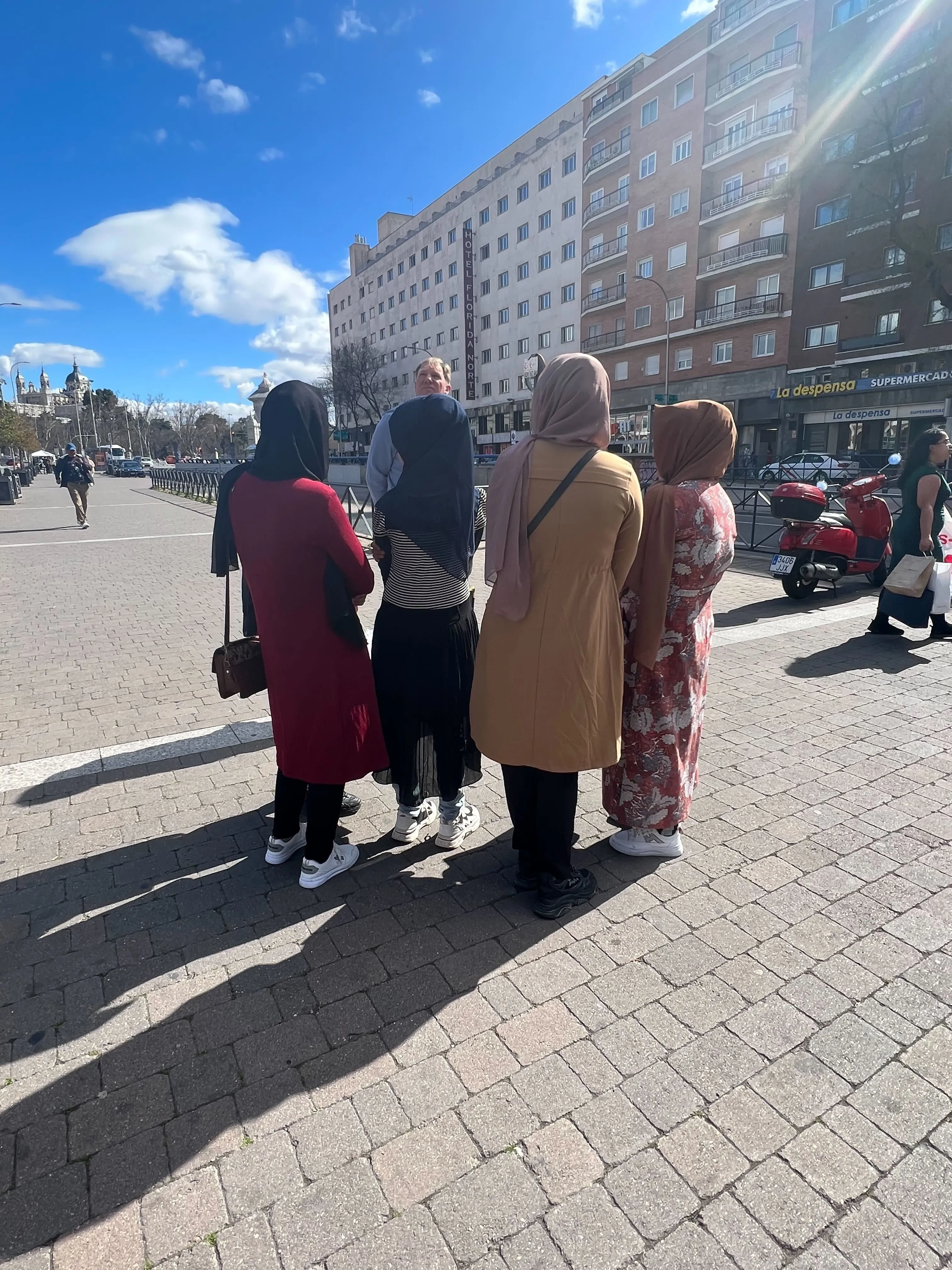
Washington D.C., Mar 28, 2023 / 09:08 am (CNA).
The Vulnerable People Project (VPP), a Catholic charity based in the United States, is helping 20 teenage Afghan girls build a new life after an ISIS terrorist attack on Sept. 30, 2022, left them seriously injured and in dire need of medical treatment.
The 20 girls were taking a practice university entrance exam at Kaaj Hazara Education Center in Kabul when a suicide bomber hit the school. The bombing killed 53 people, including 46 young students, and many more were wounded.
“These women were targeted for two reasons: Because they are women pursuing an education [and] because they belong to a heavily persecuted ethnic minority group,” Marilis Pineiro, legislative and diplomatic relations liaison for the VPP, told CNA.

“The Hazaras have long been persecuted in Afghanistan,” Pineiro said, “and after the Taliban took back over Afghanistan after the botched withdrawal in August 2021, their persecution has immensely increased.”
Since the Taliban takeover of Afghanistan, many girls and women across the country have had to discontinue their education. According to UNESCO, 80% of school-aged Afghan girls and women — 2.5 million people — are currently out of school.
The Hazaras are Shia Muslims in Sunni-majority Afghanistan, and the very fact that these girls were even pursuing higher education made them targets.
Jason Jones, the founder and president of VPP, told EWTN News Nightly Friday that the rescue of the girls provides a bit of hope where there has been much despair.
“The Hazara are a minority in Afghanistan that are facing genocide at the hands of ISIS,” Jones said. “Being able to get these young women the medical help they need, being able to see that they can further their education … this is an exciting moment, it gives hope.”

Now safely in Spain, the girls are being treated at Hospital Ruber Internacional.
Though some need serious operations and have a long road to recovery, the Spanish government has offered the girls visas for resettlement and the VPP has plans to help them afford the university program of their choice.
The VPP is also working on the paperwork to reunite the girls safely with their families in Spain.
As for the other survivors who were not as seriously injured, VPP is working to help them resettle and build their life in another country, which the organization could not disclose.
“They all have very bright futures ahead,” Pineiro said. “We believe that they … [will] contribute greatly back to society in the future.”
If you value the news and views Catholic World Report provides, please consider donating to support our efforts. Your contribution will help us continue to make CWR available to all readers worldwide for free, without a subscription. Thank you for your generosity!
Click here for more information on donating to CWR. Click here to sign up for our newsletter.




The Koran, a manual of war and deception. Yet, Islam has the effrontery to call itself the “Religion of Peace”!
True peace is found through Jesus Christ. Islam has never been peaceful nor can it be.
Hebrews 12:14 Strive for peace with everyone, and for the holiness without which no one will see the Lord.
Matthew 5:9 “Blessed are the peacemakers, for they shall be called sons of God.
Romans 14:19 So then let us pursue what makes for peace and for mutual upbuilding.
Matthew 7:12 “So whatever you wish that others would do to you, do also to them, for this is the Law and the Prophets.
To a Muslim, an invitation is extended to learn of jesus Christ and His free gift of salvation! Islam is fear and disappointment, Jesus Christ is reconciliation with God and the promise of eternal life. Let’s examine, for God loves you! How many times do we find “love” in the Koran?